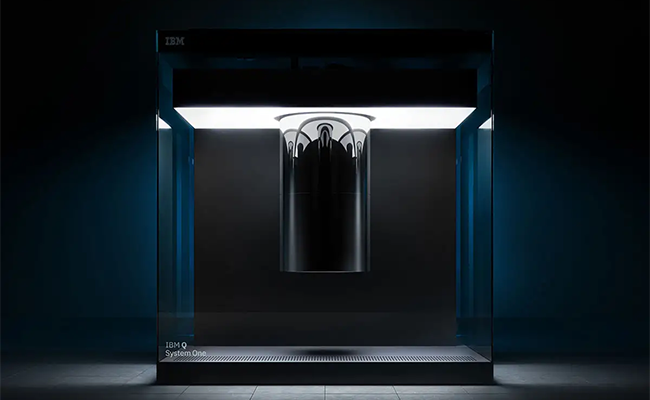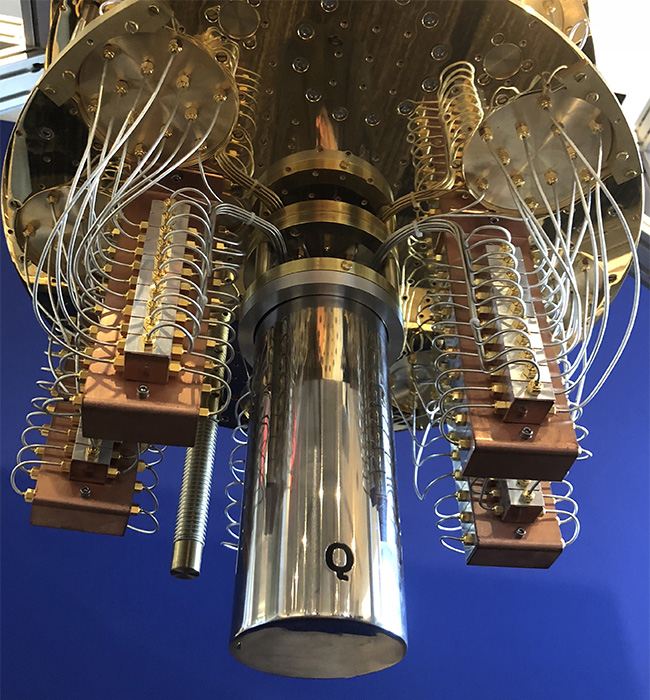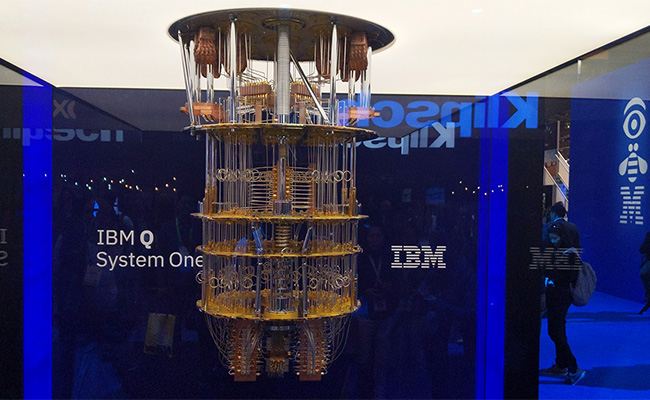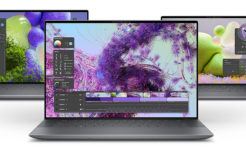
IBM Unveils Groundbreaking Quantum Computing System I Fortune [Video]
Video uploaded by Fortune Magazine on January 8, 2019
The Day It All Started
January 8, 2019 will be the day every schoolkid around 2050 will remember. This is the day when IBM unveiled its first consumer-grade quantum computer. I’m thrilled to write about it in the past tense!
IBM Q System One™, the world’s first integrated universal approximate quantum computing system, was presented to the public at CES 2019. This is the first quantum computing system designed for scientific and commercial use. However, it’s not going to hit the shelves any time soon; instead, it will become a part of the first IBM Q Quantum Computation Center for commercial clients in Poughkeepsie, New York. This computer will be used in cloud quantum computing to solve problems that are too complicated for silicon-based computers, from global logistics and investment risks to astrophysics problems to universe dynamic models.
What It Takes to Build a Quantum Computer

IBM went to great lengths to ensure the stable work of quantum transistors. In our article “CPU For Dummies,” we describe transistors as tiny clerks who work in an office building called central processing unit or CPU. Quantum transistors are even tinier, literally elementary particles, and they’re remarkable for their ability to exist in two positions simultaneously. Where a usual “clerk” can answer “yes” or “no” or in computer language 1 or 0, a quantum “clerk” or qubit can give both answers. Thus, it can process twice as much data per millisecond. The problem is that quantum qubits are too unstable to function in electromagnetic fields and under warm temperatures. It takes them just 100 milliseconds to lose their qualities forever. In other words, if qubits were people, their ideal office would be in a lonely, quiet patch of land in Antarctica, just a yard off the South Pole, where it’s bitter cold, silent, and uninhabited.
IBM pursued several goals:

- Quantum hardware should be stable and auto-calibrated to give repeatable and predictable high-quality qubits;
- A cryogenic system should deliver a continuous cold and isolated quantum environment;
- High precision electronics should be compact and able to tightly control large numbers of qubits;
- Quantum firmware should manage the system health and enable system upgrades, without downtime for users;
- Classical computation should provide secure cloud access and hybrid execution of quantum algorithms.
Quantum Jewels of IBM Q
Of course, CES 2019 visitors saw just a replica of IBM Q System One™, but it gave a general impression of what the real quantum computer looks like.
Links
- IBM unveils its first commercial quantum computer – New Scientist
- Trade in your old computer online for top dollar – iGotOffer






Facebook
Twitter
RSS